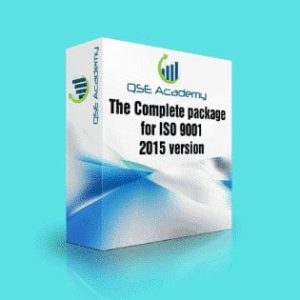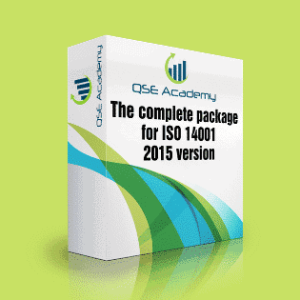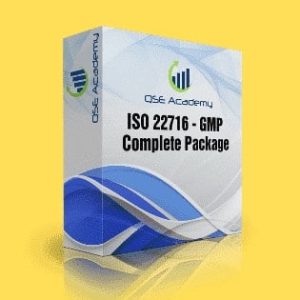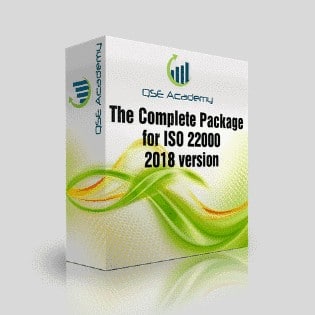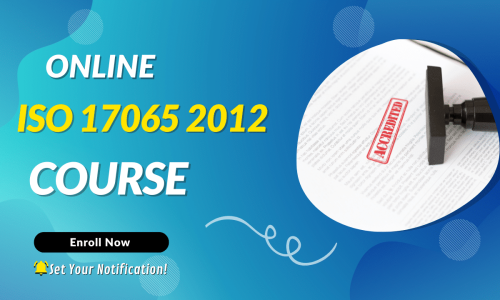Updating Certification Schemes for ISO/IEC 17065 Compliance
Updating Certification Schemes for ISO/IEC 17065 Compliance
Why Updating Your Certification Scheme Matters
Here’s what I’ve noticed over the years supporting certification bodies through ISO/IEC 17065 transitions: most non-conformities don’t come from poor evaluations or weak decision-making. They come from outdated certification schemes that no longer reflect ISO/IEC 17065:2012 requirements. The scheme is the backbone of your certification process, and if it’s misaligned, everything else becomes shaky.
When your scheme is outdated, evaluators interpret rules differently, decision-makers rely on incomplete criteria, and subcontracted labs follow inconsistent testing expectations. That creates variance, and variance is the enemy of accreditation.
This guide simplifies the update process. You’ll understand exactly what needs to be refreshed, how to embed impartiality controls, how to tighten decision criteria, and how to align the scheme with the current ISO/IEC 17065 framework. Think of it as a practical roadmap, shaped by real experience.
Understanding the ISO/IEC 17065 Scheme Requirements
Before diving into updates, you need to understand what ISO/IEC 17065 actually requires from a certification scheme. The scheme isn’t a brochure. It’s an operational document that must clearly define scope, evaluation rules, sampling methods, decision criteria, ongoing surveillance, and the handling of appeals and complaints.
A lot of certification bodies underestimate the level of detail expected. They keep high-level statements like “evaluation shall be conducted according to applicable standards,” which leaves too much room for interpretation. During audits, assessors expect to see defined steps and documented logic.
Pro Tip: Start your update by mapping scheme elements to Clause 7—this clause is the heart of certification activities.
Common Mistake: Writing a scheme as if it’s a marketing tool instead of a binding operational guide. Keep it functional, not decorative.
Real Example: I reviewed a CB whose scheme didn’t specify what constituted a pass/fail for their product tests. Every evaluator interpreted it differently. It led to inconsistent decisions that the accreditation body immediately flagged.
 Updating Evaluation Rules, Sampling Methods & Test Requirements
Updating Evaluation Rules, Sampling Methods & Test Requirements
Evaluation rules must be detailed enough to guide evaluators without ambiguity. ISO/IEC 17065:2012 requires that the scheme clearly defines how products are evaluated, what tests are required, who performs them, and under what conditions.
Sampling methods are another area where CBs often fall short. The scheme must define sampling frequency, method, quantity, and justification. If subcontracted testing is used, the scheme must define how those labs are approved and monitored.
Pro Tip: Create justification notes for sampling frequency—assessors love clear rationale tied to risk level.
Common Pitfall: Copying sampling plans from industry norms without documenting the reasoning. If you can’t explain your sampling logic, it won’t hold up during review.
Strengthening Impartiality Controls within the Scheme
Impartiality sits at the core of ISO/IEC 17065. It’s not enough to handle impartiality in a separate procedure—your scheme must also reflect impartiality boundaries. This includes controls to prevent consultancy overlap, conflict-of-interest declarations, and separation of roles throughout evaluation and decision-making.
I’ve seen CBs bypass this by keeping impartiality rules in a general procedure but not integrating them into specific schemes. When the assessor asked, “Show me how the scheme enforces impartiality,” they had no direct references. That led to a non-conformity.
Pro Tip: Add an impartiality check within the scheme itself. For example: “Evaluators must complete impartiality declaration prior to engagement.”
Common Pitfall: Relying solely on a corporate impartiality procedure without linking it to scheme operations.
Updating Decision Criteria & Certification Rules
The scheme must define the exact decision criteria. That includes what constitutes compliance, what triggers a non-conformity, and how borderline cases are handled. Ambiguous or overly flexible decision rules are one of the top causes of non-conformities during audits.
Reviewers and decision-makers need consistent triggers. If the scheme doesn’t define them, decisions vary from file to file—and assessors spot that immediately.
Pro Tip: Document decision thresholds. For example: “Certification shall be granted when all mandatory tests meet the specified limits and no major non-conformities remain unresolved.”
Common Mistake: Leaving decision authority too vague, allowing evaluators to “use discretion” without justification.
Integrating Surveillance & Ongoing Compliance Monitoring
Surveillance isn’t optional. The scheme must define how the CB verifies ongoing compliance after certification. Surveillance frequency, sampling for re-testing, market surveillance, or site visits must all be clearly defined and justified.
A one-size-fits-all approach doesn’t work. Surveillance must reflect product risk. High-risk products may need frequent testing; low-risk products may require documentation-based checks.
Pro Tip: Assign surveillance activities a purpose, method, and evidence requirement. It keeps the file clean and auditable.
Common Mistake: Treating surveillance the same for all clients. ISO/IEC 17065 expects risk-based justification.
Updating Communication, Appeals, Complaints & Public Information Requirements
Your scheme must reflect clear communication requirements—what information you publish, what clients receive, and how complaints and appeals are handled.
If your scheme references outdated complaint-handling steps or doesn’t distinguish between complaints (external) and appeals (internal), that will quickly show up as a non-conformity.
I’ve seen CBs forget to update their public information after adjusting the scheme internally. Publications on their website still referenced old rules, and that inconsistency triggered findings.
Pro Tip: Include a section titled “Client Communication Obligations”—it sharpens alignment between internal processes and external communication.
Case Example: One CB forgot to update their published decision rules after a scheme revision. Everything else was compliant, but this single oversight caused a minor non-conformity.
Document Control & Versioning for Certification Schemes
Schemes must be controlled documents. That means version control, revision history, approval signatures, distribution lists, and a clear process for updates. Multiple versions floating around cause inconsistencies and non-conformities.
The scheme should also reference associated documents—templates, test methods, competence criteria—so there’s a traceable connection.
Pro Tip: Add a “Change Log Summary” at the beginning of the scheme so reviewers can instantly see what’s updated and why.
Common Pitfall: Staff using outdated drafts or unpublished revisions because document control wasn’t centralized.
Transition Planning & Implementation Strategy
Updating a scheme is only half the job. The other half is implementing the changes. Transition planning includes training evaluators, informing subcontractors, updating templates, and piloting the new scheme on a sample client file.
I’ve seen teams update the scheme perfectly but fail to communicate the changes internally. Evaluators kept using old checklists, which contradicted the updated scheme—and the assessor flagged the inconsistency immediately.
Pro Tip: Conduct an internal pilot using a real client file to validate your scheme’s logic and clarity.
Real Insight: A CB discovered missing decision thresholds during a pilot review because the evaluator couldn’t determine whether conditional approval applied. The pilot saved them a major non-conformity.
FAQs
Do we need separate schemes for each product category?
Not always. If categories share evaluation rules, you can unify the scheme. If risks differ significantly, separate schemes provide clarity and reduce confusion.
How often should schemes be updated?
At minimum, during regulatory changes or after internal audits. Many CBs update annually based on surveillance results and market trends.
What’s the most common weakness in outdated schemes?
Vague decision criteria and weak impartiality embedding. Assessors spot these quickly because they affect consistency and independence.
Conclusion — Moving Toward a Fully Compliant Certification Scheme
A strong certification scheme is the anchor of ISO/IEC 17065 compliance. When it’s updated, well-structured, and aligned with the 2012 requirements, everything else becomes easier—esszvaluation, review, decision-making, surveillance, and impartiality controls.
I’ve supported CBs through scheme updates many times, and the pattern is always the same: clarity improves performance, reduces audit stress, and strengthens your credibility with regulators and clients.
If you’re updating your scheme now, start with Clause 7 mapping and work outward. And if you need step-by-step support, I can guide you through the full rewrite process.
Melissa Lavaro is a seasoned ISO consultant and an enthusiastic advocate for quality management standards. With a rich experience in conducting audits and providing consultancy services, Melissa specializes in helping organizations implement and adapt to ISO standards. Her passion for quality management is evident in her hands-on approach and deep understanding of the regulatory frameworks. Melissa’s expertise and energetic commitment make her a sought-after consultant, dedicated to elevating organizational compliance and performance through practical, insightful guidance.





